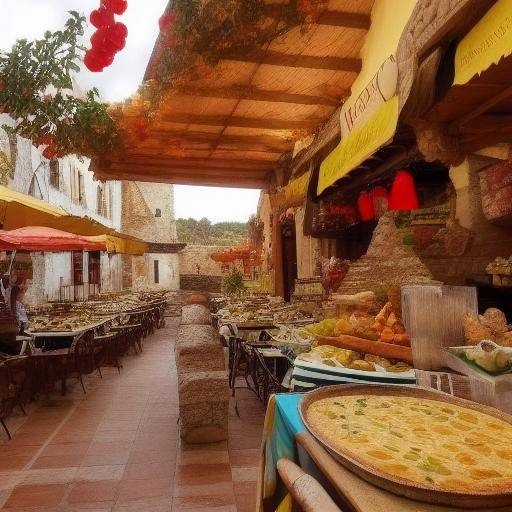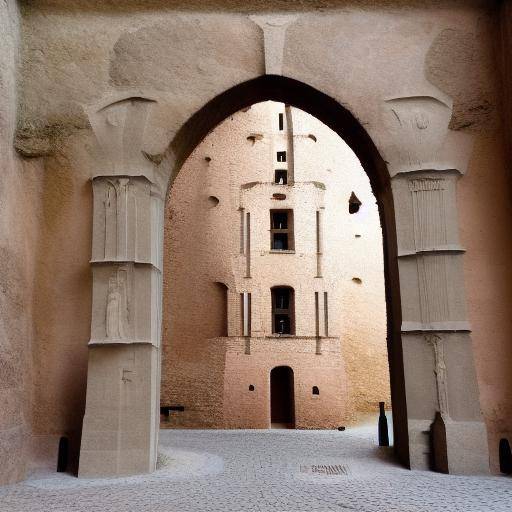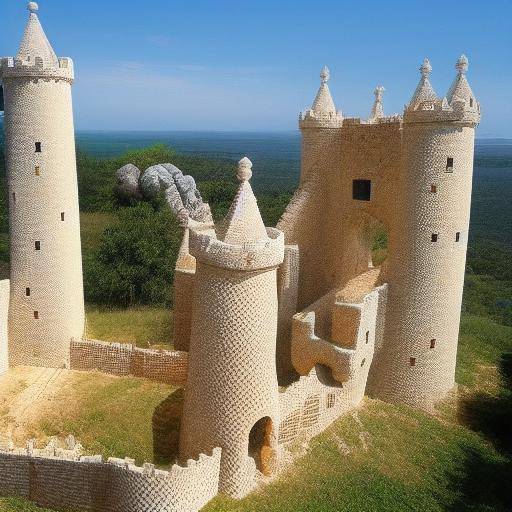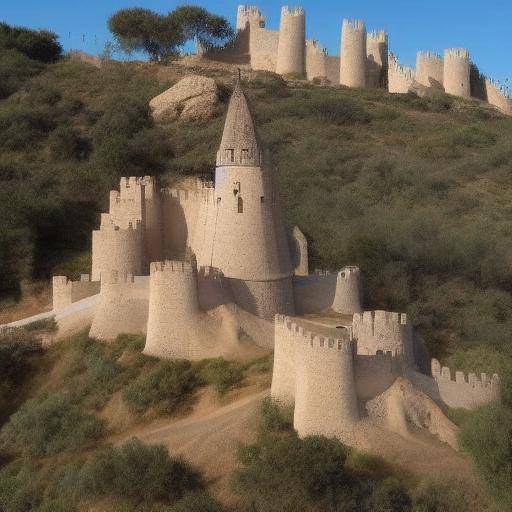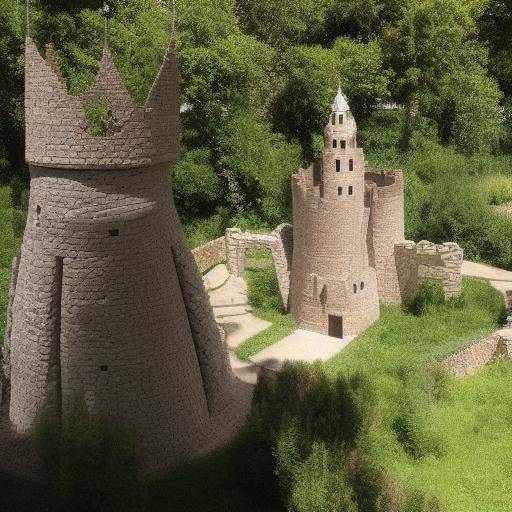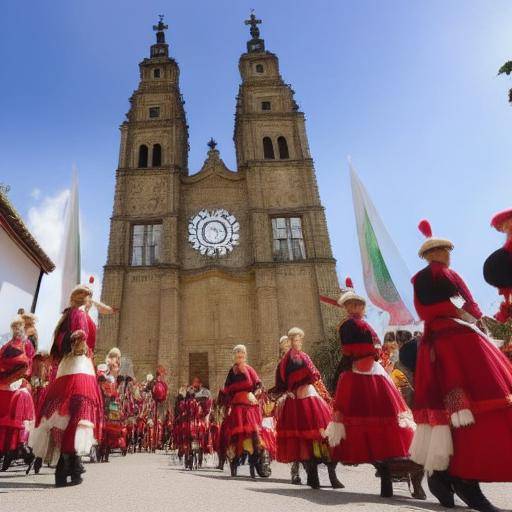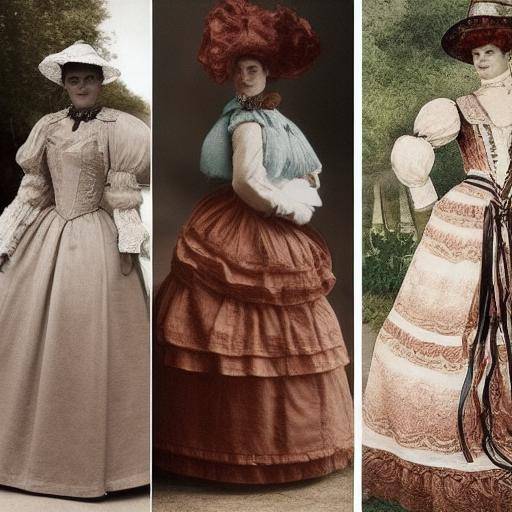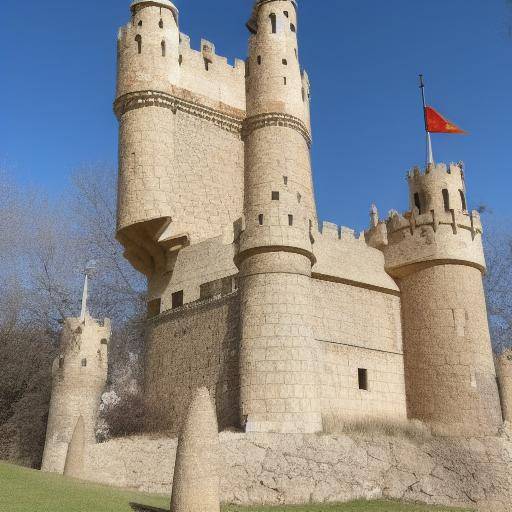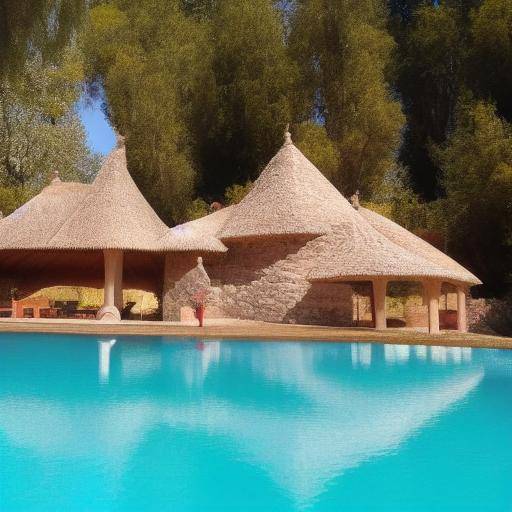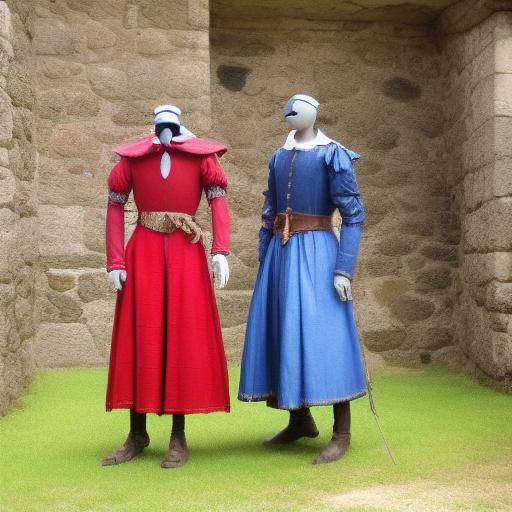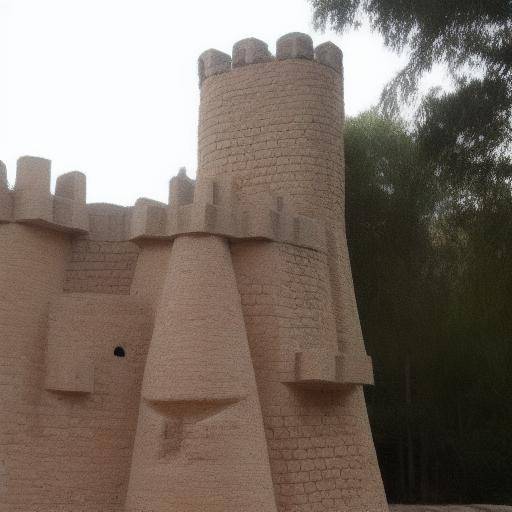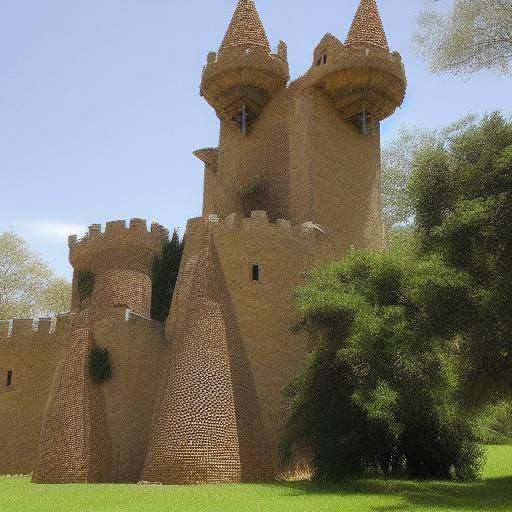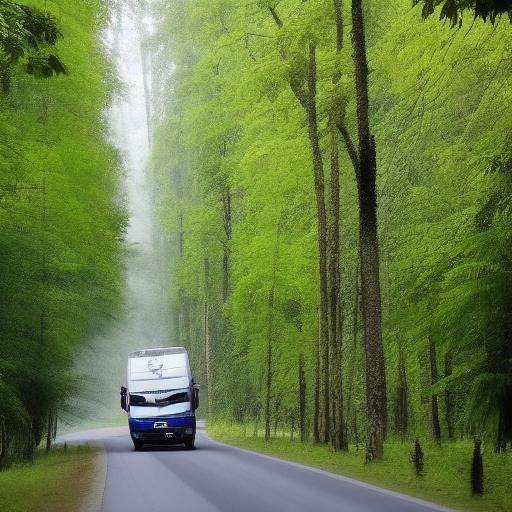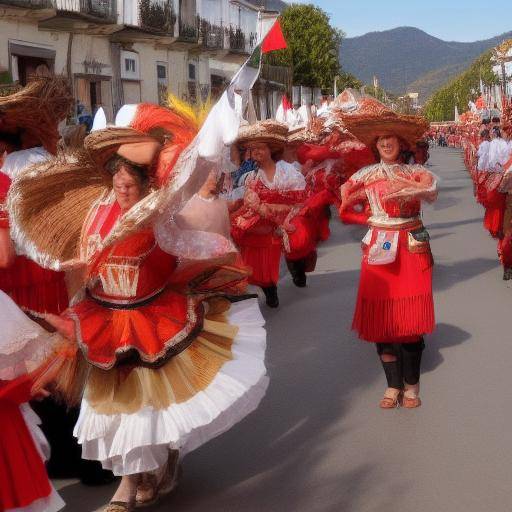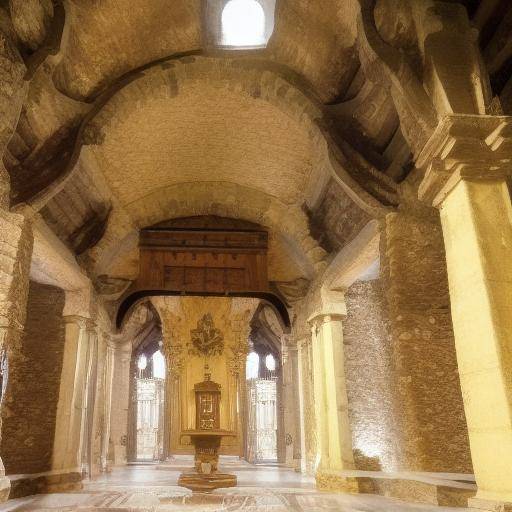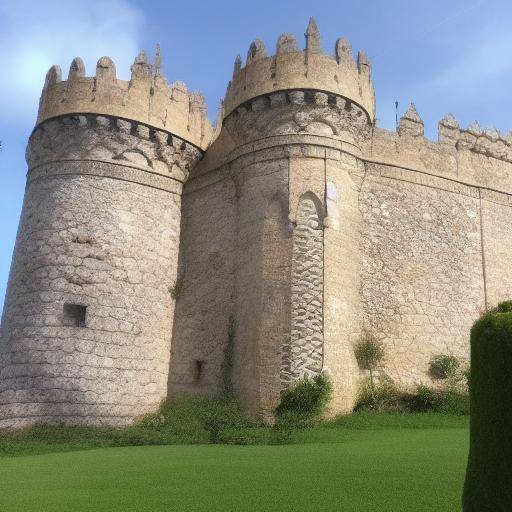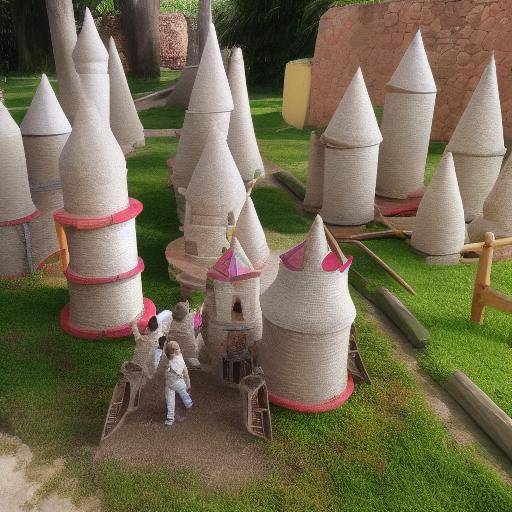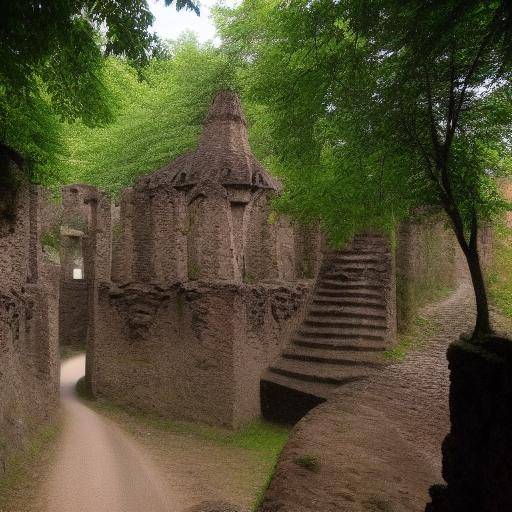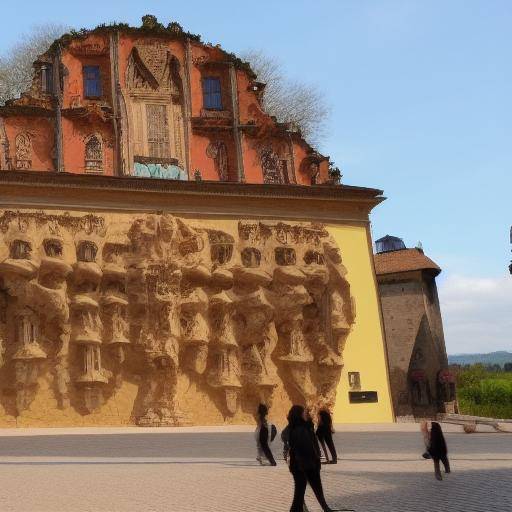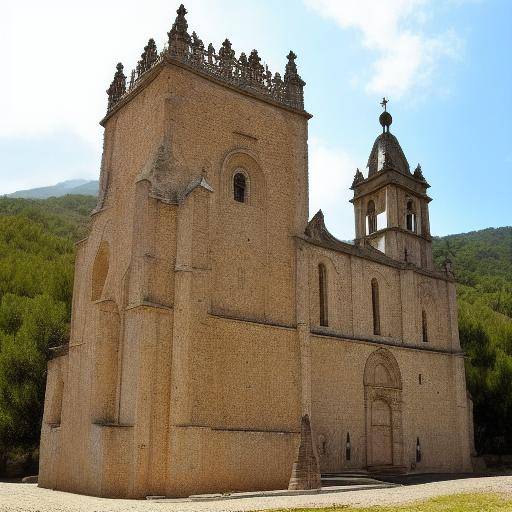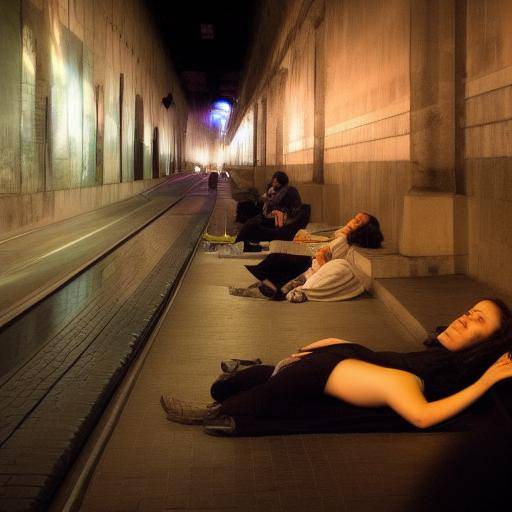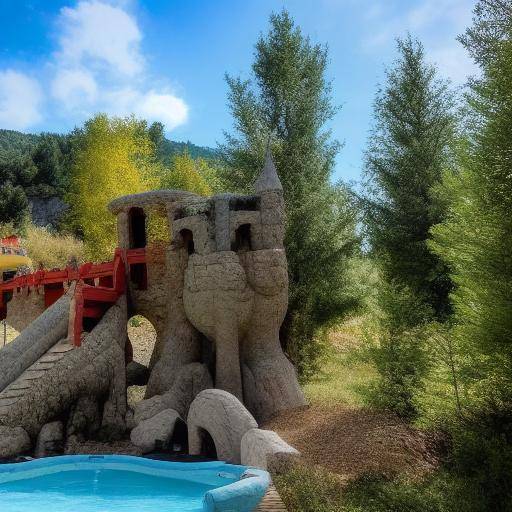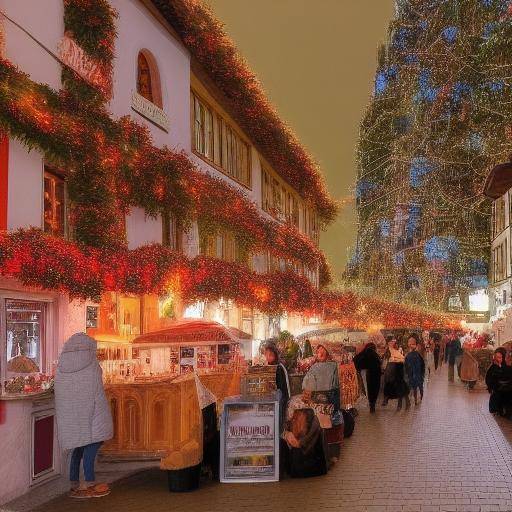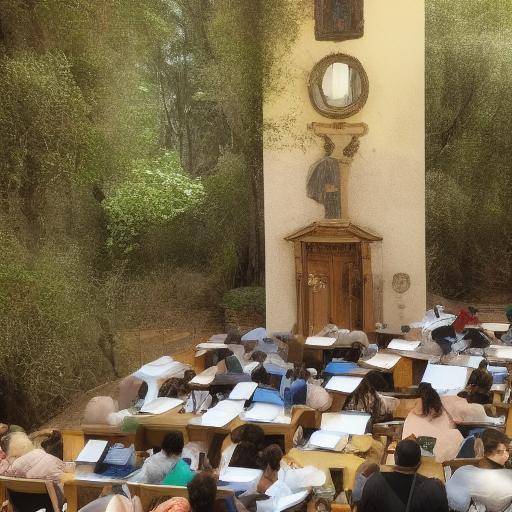
German romanticism has left an immense literary legacy that lasts until today. The Romantic Route, a tour of the picturesque region of Germany, is the perfect setting to get into the fascinating life and works of the poets and romantic writers of the time. In this article, we will explore the literature lessons that this region gives us, as well as its historical importance. From the majestic castles to the lush landscapes, the Romantic Route offers not only a physical journey, but also a journey through the time and imagination of the great masters of German literature.
Introduction to the Romantic Route
The Romantic Route is a journey that transports us to the time of German romanticism, a movement that deeply influenced the literature of the region. This tourist route, which extends from Würzburg to Füssen, crosses a series of charming towns and cities that embody Germany's rich literary heritage. Here, visitors have the opportunity to immerse themselves in the atmosphere that inspired writers and poets such as Goethe, Schiller, Hölderlin and Heine.
History and Literary Context
The German Romanticism, which flourished in the nineteenth century, was characterized by a profound exaltation of feelings, nature and the longing for freedom. This literary current left an indelible mark on German and European culture, influencing literature, music and visual arts. The Romantic Route, with its idyllic landscapes and rich history, serves as a perfect setting for understanding the genesis and development of this movement.
During this period, romantic writers and poets found in nature an inexhaustible source of inspiration. His works reflected a deep connection with the natural environment and a constant search for the beauty and mystery that surrounds. The Romantic Route, with its imposing mountains, sinuous rivers and ancient castles, offers travelers the opportunity to experience the same connection with nature that led to the great bunks of the time.
Poets and Writers of the Romantic Route
At every stop of the Romantic Route, the figure of a poet or writer emerges whose presence permeates the place with the magic of his words. In Würzburg, the influence of poets such as Tieck and Brentano can be revived, whose verses expressed a deep sensitivity towards melancholy and the ephemeral beauty of life. In Heidelberg, the university city par excellence, the spirit of the romantic poets survives in its old cobbled streets and in the famous castle that crowns the city. And, of course, in the picturesque towns of Rotemburg, Dinkelsbühl or Rothenburg, the presence of writers like Eichendorff or Novalis resonates in every corner, reminding us of the immortality of their literary creations.
Literature Lessons on the Romantic Route
The Romantic Route offers us an invaluable lesson: Literature is not only a set of words printed in a book, but also a link between the past and the present, which connects the imagination with the palpable reality of the places that inspired it. Each landscape, every corner of the Romantic Route, keeps the echoes of the words of those who, centuries ago, found in this environment an incomparable creative stimulus.
The Romantic Route is, in essence, a lesson of living literature, where visitors can immerse themselves in the world of poetry and prose, and experience firsthand the immortality of words. This journey invites us to reflect on the transcendence of laliterature and its ability to transcend time and space, nourishing our minds and emotions with the beauty and truth that they enclose.
Conclusion
The Romantic Route is much more than a tourist destination; it is a journey through literature that allows us to capture the very essence of German romance. As you travel through this route, visitors have the unique opportunity to enter the literary universe of the great poets and writers of the region, and to experience the indissoluble union between nature, history and human creativity. The Romantic Route, with its immeasurable cultural wealth, teaches us that literature is not only read, feel and live. It is an eternal legacy that endures in every verse, on every page, and in every landscape that inspired it.
Explore the Romantic Route, discover the traces of the writers and poets who inhabited it, and allow their stories and verses to transport you to a world where literature and life intertwine in perfect harmony.
Frequently asked questions
What is the importance of the Romantic Route in German literature?
The Romantic Route is of great importance to German literature, as it serves as a tangible link between the places that inspired the romantic writers and the works that led to life.
What famous writers and poets are associated with the Romantic Route?
Great figures of German literature such as Goethe, Schiller, Hölderlin, Heine, Tieck, Brentano, Eichendorff and Novalis are closely linked to the Romantic Route, and their influences can be traced along the destinations covered by this route.
What kind of literary works have developed along the Romantic Route?
The Romantic Route has been the muse of numerous literary works, from poems and novels to descriptive essays, which capture the essence of the romanticism and beauty of the landscapes that make up this route.
What is the best time of the year to visit the Romantic Route?
Spring and autumn are considered the ideal moments to enjoy the Romantic Route, as they offer landscapes full of colors and an atmosphere that evokes the essence of romanticism.
How has the Romantic Route influenced contemporary literature?
The Romantic Route has left an indelible mark on contemporary literature, as many writers and poets find inspiration in their landscapes and their historical and cultural legacy.
What literary aspects can be learned when traveling the Romantic Route?
As you tour the Romantic Route, visitors can learn about the connection between literature and the natural environment, the importance of historical inspiration and the influence of landscape in literary creation.
These frequent questions provide a detailed and insightful view of the Romantic Route, German literature and its impact on culture and collective imagination.

